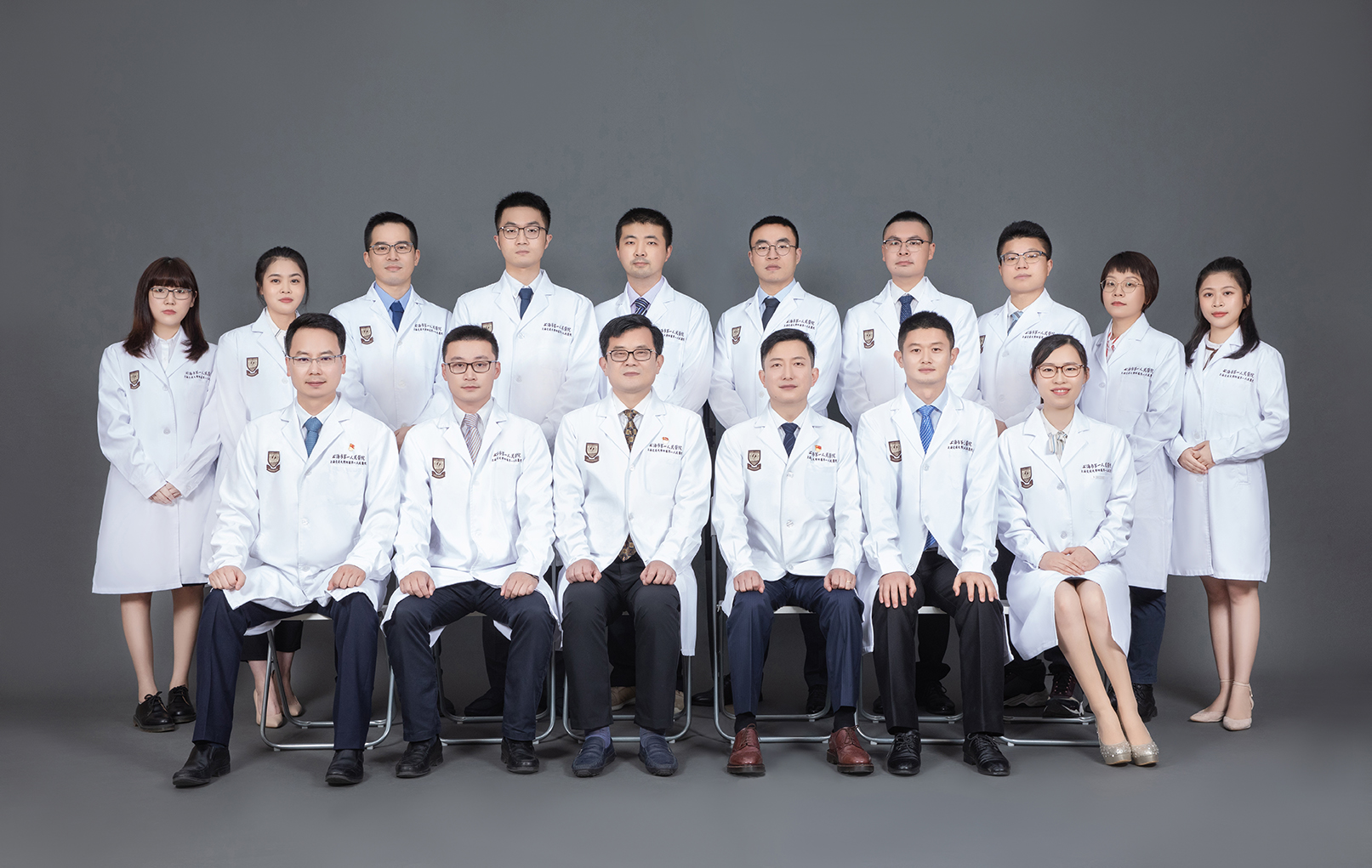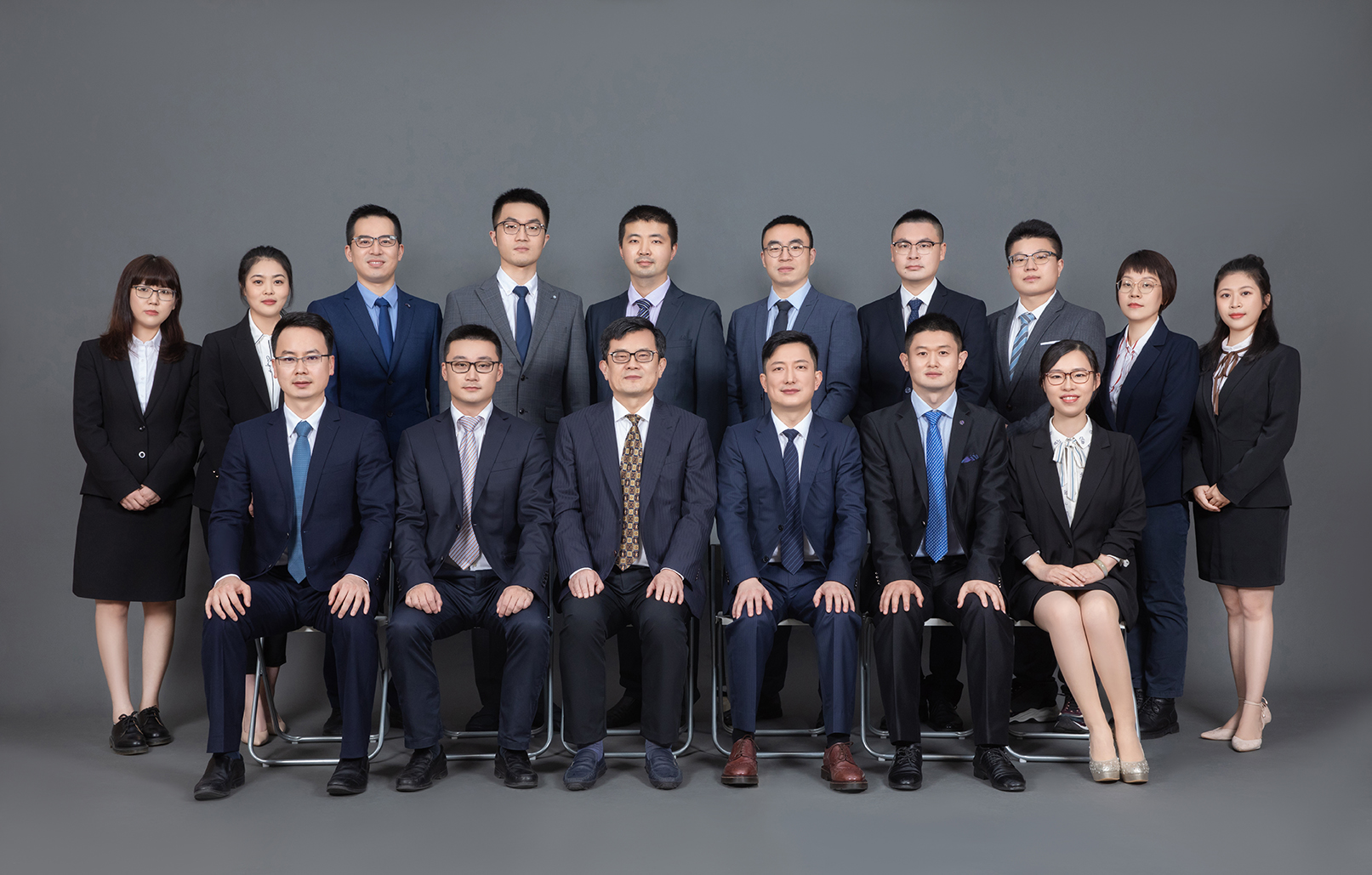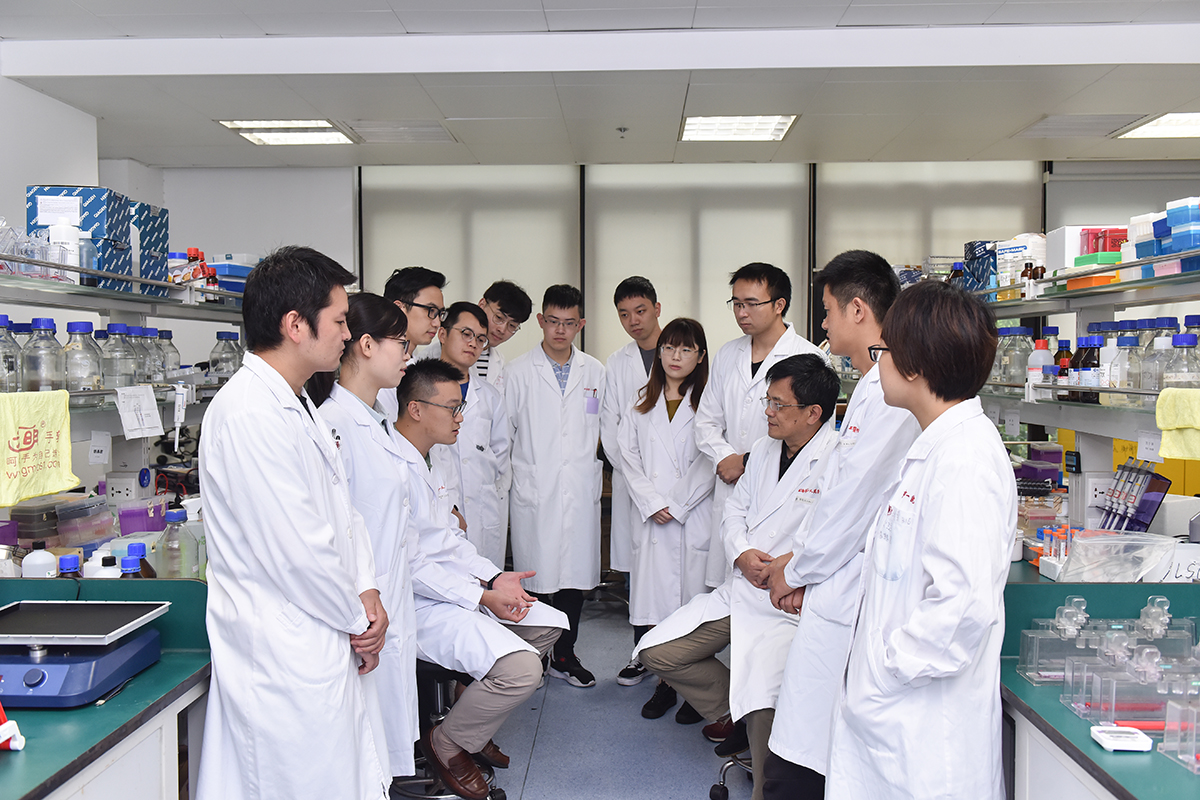学科专家简介

上海市骨肿瘤研究所

上海市骨肿瘤研究所成立于2013年,依托上海市第一人民医院建设的从事骨肿瘤转化研究的专门机构,由我国著名骨肿瘤专家蔡郑东教授领衔。成立近十年,组建了一支富有创新力的研究队伍,累计获得包括上海市领军人才,上海市青年拔尖人才,上海市卫生系统银蛇奖,上海市优秀青年人才计划,启明星人才计划,浦江人才计划,杨帆计划等省市级人才项目10余人次。团队承担包括十四五国家重点研发计划、国家自然科学基金、上海市科委、申康医院发展中心等在内的多项国家和地方科研项目,总经费近3千万元。累计发表SCI论文近百篇,多项研究成果发表在相关领域知名期刊杂志:PNAS,Nature Communications,Advanced Science, Oncogene等。获中华医学科技奖一等奖、上海市科技进步奖二等奖2次,教育部科技进步一等奖、教育部科技进步二等奖、上海市医学成果推广奖。
团队以临床问题为导向,针对学科重点病种所面临的“瓶颈”问题,围绕基因组学指导下的标志物筛选、转移耐药新机制,免疫微环境调控、医工交叉抗肿瘤新策略等方面开展原创性研究。团队建立多维度全息生物样本库、专病数据库及临床组学队列,克服骨原发肉瘤研究样本量小、组学数据缺乏的困境。绘制中国骨肉瘤分子遗传图谱,提出基于多组学数据的骨肉瘤四分型,深入解析了各分子亚型的遗传特征,并提出了各亚型有效的干预策略,为骨肉瘤的分类而治提供了重要的理论基础(Nature Communications, 2022),发起基于分子亚型的骨原发肉瘤精准“伞式”临床试验,扩展骨原发肉瘤治疗策略。设计基于HK2标记物的循环肿瘤细胞捕获方法,相关成果授权发明专利并实现了临床转化(PNAS, 2021)。围绕骨肉瘤自噬与化疗敏感性,揭示CaMKIIa 调控自噬介导耐药新机制及干预策略(Advanced Science, 2019)。团队建立了多种类型肉瘤PDX模型平台,结合药物基因组学筛选,鉴定了系列有效的候选小分子化合物,解析了相应的药理作用分子机理,包括安罗替尼在内的多种小分子药物实现了专利转化(IJC, 2019; Cancer letter, 2020; Oncogene, 2022)。
上海市骨肿瘤研究所始终重视与学科间及国际一流研究团队的交流,致力于将研究所建设成为骨肿瘤研究领域中国内一流的培养具有国际视野创新人才的重要基地。
Introduction of Shanghai Bone Tumor Institution

Founded in 2013, Shanghai Bone Tumor Institution is a specialized institution engaged in bone tumor translational research based on Shanghai General Hospital, and led by Professor Cai Zhengdong, a famous bone tumor expert in China. Nearly a decade after its founding, the Institution has set up an innovative research team, which has won more than ten provincial and municipal talent programs including Shanghai Leading Talent Program, Shanghai Top Young Talent Program, the "Silver Snake Award" of Shanghai Health System, Shanghai Excellent Young Talent Program, Start Star Talent Program, Pujiang Talent Program, Shanghai Sailing Program, etc. The team has undertaken a number of national and local scientific research projects including China National Key R&D Program during the 14th Five-year Plan Period, National Natural Science Foundation of China, Shanghai Science and Technology Commission, and Shenkang Hospital Development Center, with a total funding of nearly 30 million RMB.
Up to now, the team has published nearly 100 SCI papers, and several studies have been published in well-known professional journals such as PNAS, Nature Communications, Advanced Science, Oncogene, etc. In addition, the team has won the first prize of the China Medical Science and Technology Award, the second prize of the Shanghai Science and Technology Progress Award twice, the first prize of the Ministry of Education's Science and Technology Progress Award, the second prize of the Ministry of Education's Science and Technology Progress Award, and the Shanghai Medical Achievement Promotion Award.
Oriented by clinical problems, the team carries out a series of original studies on biomarker screening under the guidance of genomics, novel mechanisms of metastatic resistance, immune microenvironment regulation, and new medical-engineering cross anti-tumor strategies, aiming at the "bottleneck" problems faced by key diseases in the discipline. The team established a multi-dimensional holographic biological sample bank, a special disease database and a clinical omics cohort to overcome the dilemma of small sample size and lack of omics data for primary osteosarcoma research. Through mapping the molecular genetic landscape of osteosarcoma in Chinese, the team proposed the four types of osteosarcoma based on multi-omics data, analyzed the genetic characteristics of each molecular subtype, and proposed effective intervention strategies for each subtype, which provided an important theoretical foundation for precise treatment of osteosarcoma (Nature Communications, 2022). The team has initiated a precise "umbrella" clinical trial for primary osteosarcoma based on the molecular subtypes, which expanded the treatment strategy for primary osteosarcoma. The team designed a method to capture circulating tumor cells based on HK2 markers, and the related achievements were patented and translated into clinical practice successfully (PNAS, 2021). Around autophagy and chemosensitivity in osteosarcoma, the team also revealed new mechanisms and intervention strategies of CaMKIIa in regulating autophagy mediated drug resistance (Advanced Science, 2019). In addition, the team established various types of sarcoma PDX model platforms, combined with pharmacogenomics screening, identified a series of effective candidate small molecule compounds, analyzed their corresponding molecular mechanism of pharmacological action, and a variety of small molecule drugs including anlotinib has achieved patent transformation (IJC, 2019; Cancer letter, 2020; Oncogene, 2022).
Shanghai Bone Tumor Institution has always attached great importance to the communication between disciplines and world-class research teams, and is committed to building the institution into an important base for the cultivation of world-class innovative talents in the field of bone tumor research in China.


上海市徐汇区宜山东路7951号
13712345678
zhangss@yjs.edu
